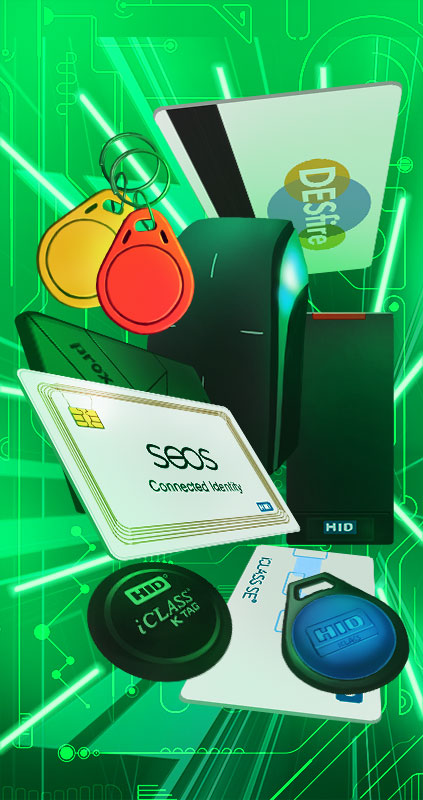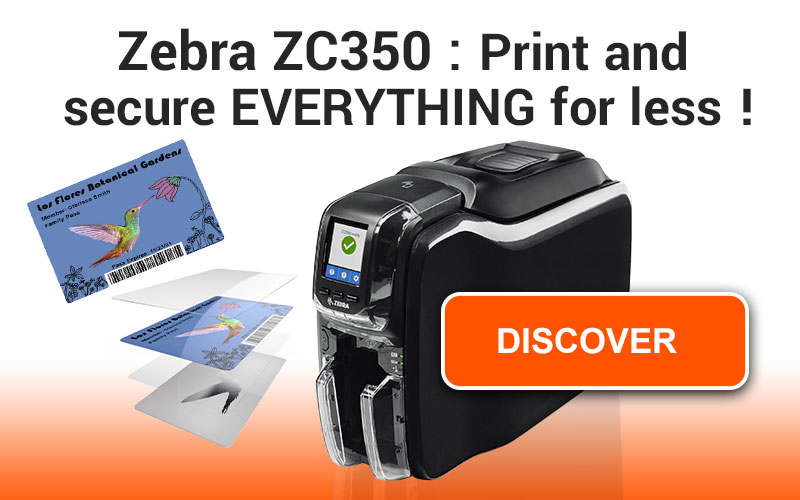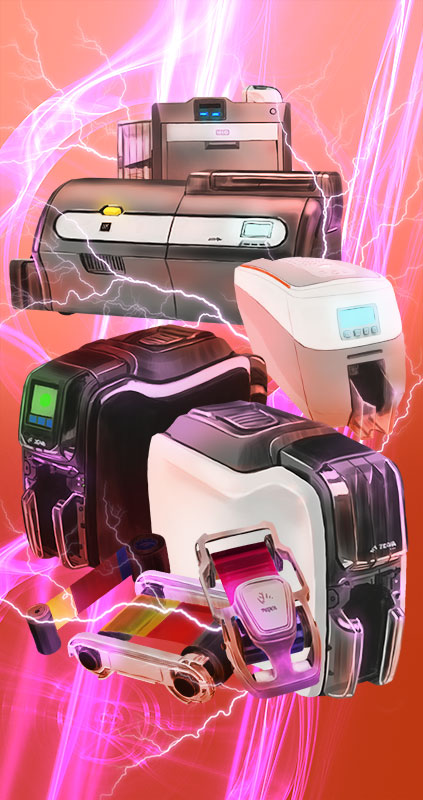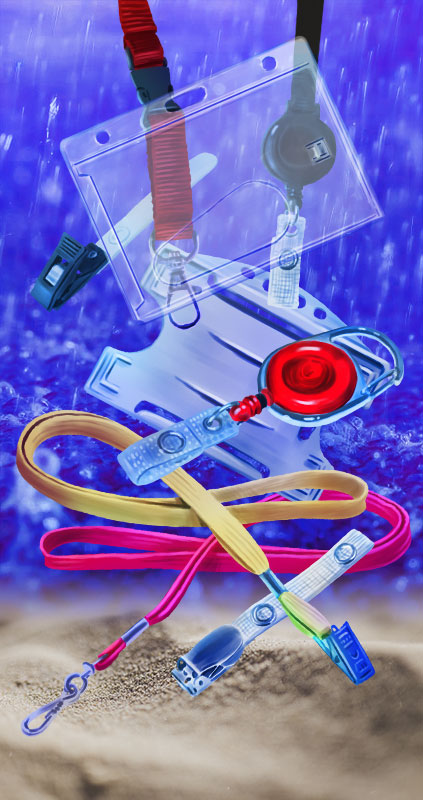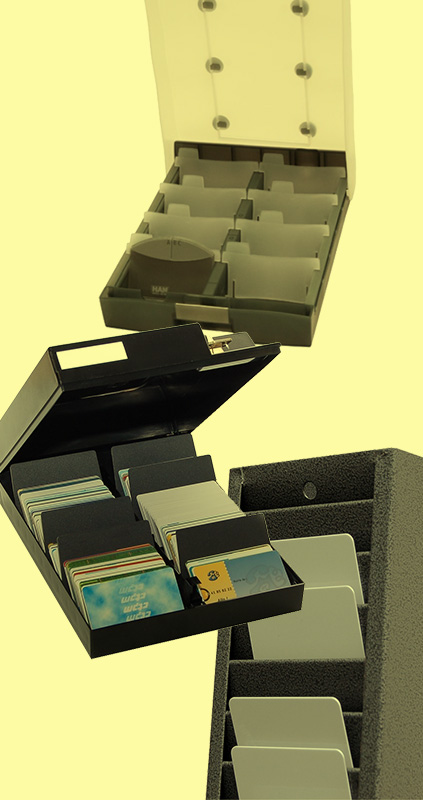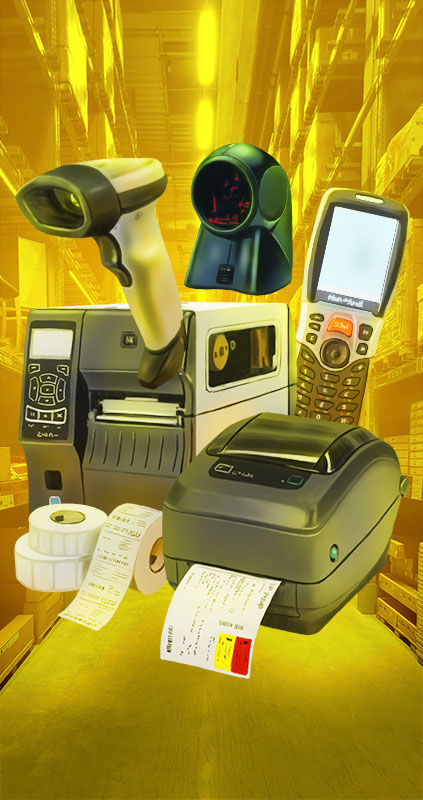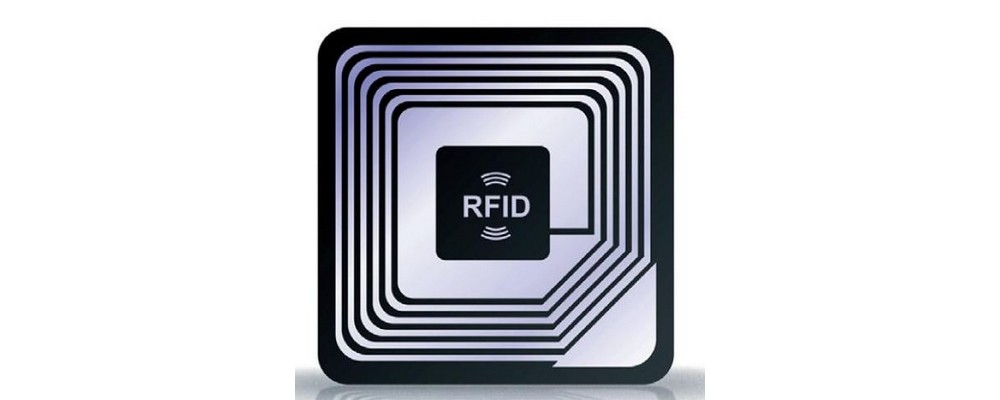Like many technologies, RFID (Radio Frequency IDentification) was developed by the military in the late 1940s to identify aircraft and estimate their distance. It worked so well that it is still used in air traffic control today. It was not until the late 1970s that RFID was adopted by private industry. Nowadays, it is omnipresent and can be found in fields as varied as retail, health, access control and contactless payment.
The technology has matured and become standardised, much to the delight of inventors and entrepreneurs who find new, innovative and sometimes surprising applications for it.
What is RFID?
In order to understand its incredible popularity, let's look back at the features that have made RFID so successful
How does it work?
It's very simple, an RFID chip (or tag) is the combination of a microprocessor containing data, and a radio antenna to transmit the data. When the chip approaches a readerthe reader emits a signal that powers the chip, which then transmits its data.

The keys to success
The first RFID boom took place in the 1980s with the switch from active to passive RFID chips.
- Active chips require an on-board power source to operate. This makes them more expensive and much less durable.
- Passive chips are powered by the signal emitted by the reader. They are becoming much cheaper to produce, more durable and above all can be miniaturised.

Which brings us to the next point:
RFID tags have 3 main qualities, they are inexpensive, standardizedand miniature.
Indeed, RFID chips are the thickness of a hair and can be implanted anywhere.
Their derisory cost - a few cents - allows massive use. Finally, the standardisation that began in the 1990s has greatly facilitated its expansion.
The last important point, data and its transfer.
The amount of data and the distance over which it is transmitted depends on the frequency There are four levels of frequency:
-Low frequency (LF) : 1kb/s on 0-50Cm
-High frequency (HF): 25kb/s over 1m
-Ultra high frequency (UHF) : 28kb/s over 1m
-Super high frequency (SHF) : 100kb - 1Mb/s over 10-15m
The increase in throughput, particularly with SHF chips, opens up new uses: data encryption, photo or video transfer.
Increasingly varied fields of application
The traditional
After its beginnings in aeronautics, RFID has rapidly developed in the field of goods and people control with access badges in particular.
It is now found everywhere:
-Transport cards
anti-theft labels in shops
-building or parking badges
-the marking of domestic and farm animals
-more recently contactless payment.
But RFID's ambitions don't stop there. The market is booming: estimated at $5.6 billion in 2010, it reached $11.2 billion in 2017.1
This rapid growth is due to the increasing number of application areas.
The new playgrounds
The next area to experience a revolution via RFID is retail, for a number of reasons.
First of all in the management and traceability of stocks. If you've ever done an inventory in your life, you'll be happy to know that this ordeal will soon be a breeze. Indeed, if all your products are equipped with an RFID chip, all you have to do is walk through a department, with a reader in hand, to retrieve all the information on the products (quantity, model, colour, expiry date, origin, etc.) in a few seconds. As an added bonus, the chip acts as an anti-theft device.
Another advantage for customers is that they will soon no longer have to wait at the checkout. A simple pass with your full shopping trolley in front of an automatic checkout and the matter is in the bag. The terminal recognises the signal of all the products in a few seconds and displays the bill.
Some retailers have already implemented this system, such as Decathlon, which is even testing a robot that scans the shelves to take inventory in real time2.
In another example, Chinese online retail giant JD.com has opened an "automatic" shop, which combines facial recognition and RFID.
RFID is also being used in the fitting rooms. Items are scanned, and a screen shows you all the features, as well as comments left online by other customers. With a simple click you can request a different size/colour and the salesperson will bring it directly to the fitting room.
Another promising field for RFID is health. It can improve the organisation and rationalisation of hospital activities and indirectly reduce waiting time for a patient or help with the way in which a medicine is taken and its dosage.
Other applications directly related to care exist, such as helping to place intubation tubes in the operating theatre or to count used compresses and make sure that none are forgotten in a patient's body.
As in the retail sector, RFID helps in the traceability of medical products.
Sometimes unusual uses
Golfers, rejoice, RFID is coming to your balls. No more spending 25 minutes looking for your ball in a bush or a pond. Knowing the price of these small white balls, it is also a nice saving in perspective.
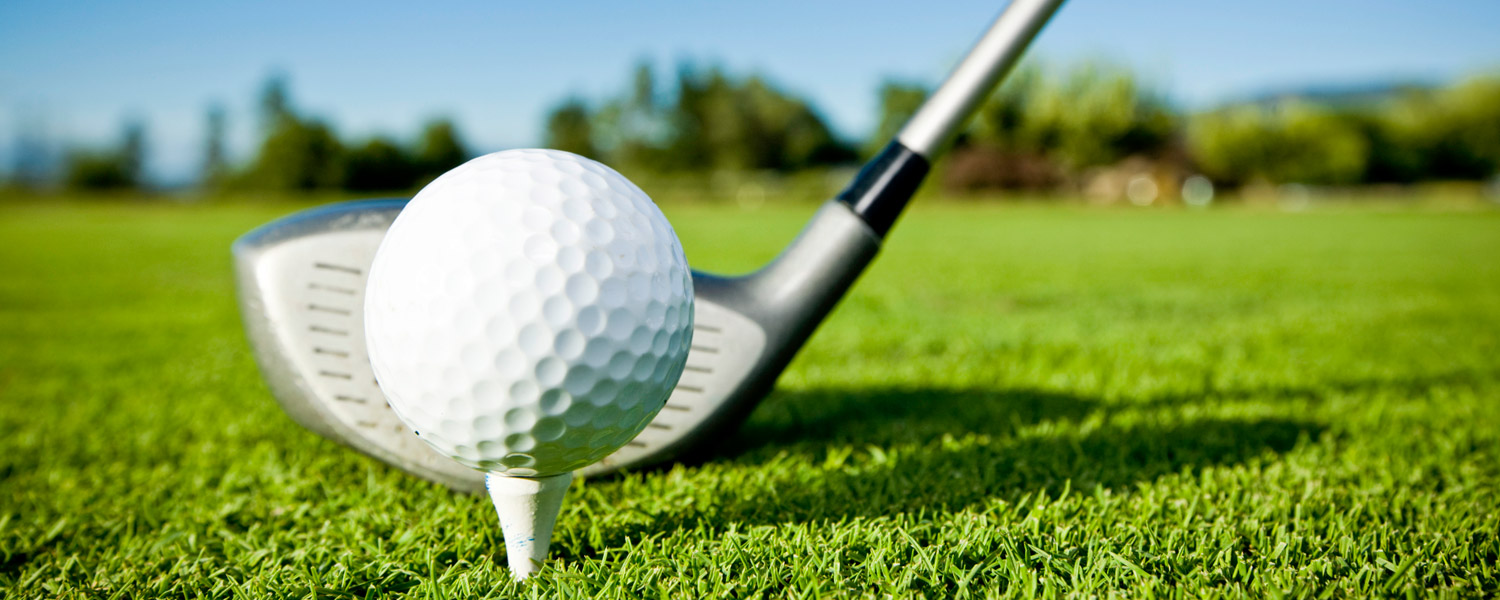
You're not too keen on golf, so why not take a trip to the casino. More and more casinos are equipping their chips with RFID chips to prevent theft. In addition, it provides the casino with data on customer movements and chip usage.
Conclusion
The RFID market is booming and spreading to all areas. As proof of this, China is investing massively in RFID. They plan to equip more than 100 billion items per year by 2025 via a subsidy policy. With an estimated market of $14.9 billion by 2022, RFID technology has a bright future ahead of it.
Sources :
1: https: //www.idtechex.com/en/research-report/rfid-forecasts-players-and-opportunities-2018-2028/642


